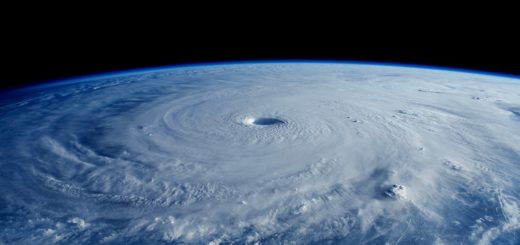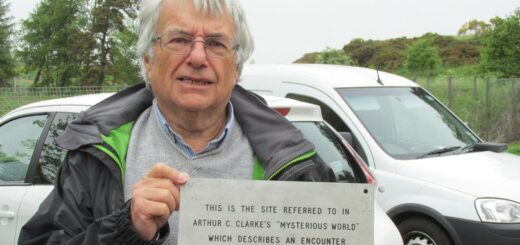On This Day In History: Earthquake In Pompeii, Italy Occurred – On Feb 5, 62 AD
On February 5, 62 AD Pompeii, an ancient Roman town-city near modern Naples, was at the epicenter of an earthquake.
The earthquake was approximately 7.5 in magnitude and may have been a precursor to the eruption of Mount Vesuvius in AD 79 that destroyed Pompeii and Herculaneum.

The catastrophic effects almost destroyed the city. According to Seneca the Younger, the contemporary philosopher and dramatist, the earthquake destroyed the region of the cities of Herculaneum, Naples and Nuceria.
He writes in his “Questions on Natural History” as follows:
“What hiding place will creatures find, where will they flee in their anxiety, it fear arises from below and is drawn from the depths of the earth?
There is panic on the part of all when buildings creak and gives signs of falling. Then everybody hurls himself outside, abandons his household possessions and trusts to his luck in the outdoors…”
In the days that followed the catastrophe, Pompeii’s houses had been uninhabitable.
The seismic activity was well documented in the city of Pompeii.
As soon as it was only possible, the citizens of Pompeii began a rebuilding effort by clearing away the rubble and engineers began preparations for rebuilding public buildings and services. Even the emperor Nero was interested in restoration of the devastated city, but the works took time especially due to shortages of workers and craftsmen. Many residents had to wait long time even years before help was forthcoming.
According to experts, the size of the earthquake was comparable to the 1906 San Francisco earthquake which caused 3,000 deaths and destroyed much of the city.
The city of Pompeii at the time had a population of 20,000 and was a compact city built in a fashion that could not withstand earthquakes.



 Creators of mankind
Creators of mankind Description of “Tall white aliens”
Description of “Tall white aliens” Where they came from?
Where they came from? About hostile civilizations
About hostile civilizations The war for the Earth
The war for the Earth “Tall white aliens” about eternal life
“Tall white aliens” about eternal life Video: “Nordic aliens”
Video: “Nordic aliens” Aliens
Aliens Alien encounters
Alien encounters The aliens base
The aliens base UFO
UFO Technology UFO
Technology UFO Underground civilization
Underground civilization Ancient alien artifacts
Ancient alien artifacts Military and UFO
Military and UFO Mysteries and hypotheses
Mysteries and hypotheses Scientific facts
Scientific facts


















